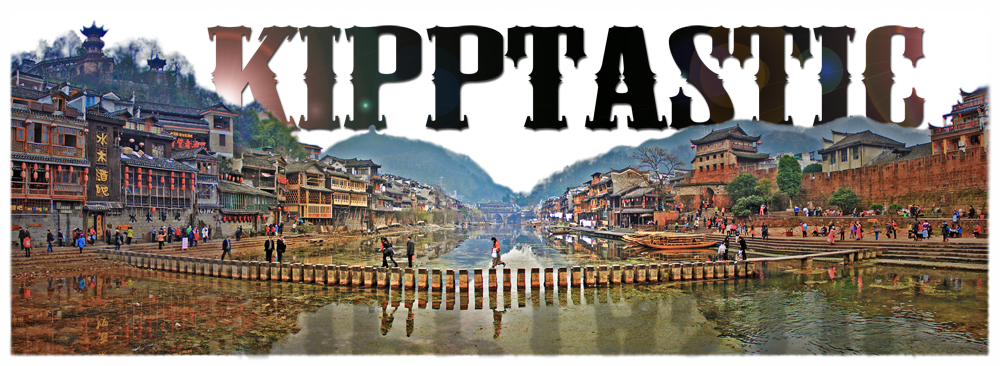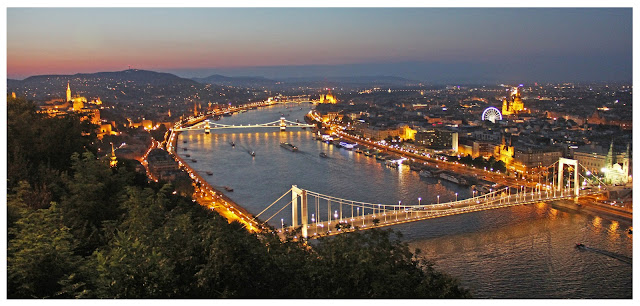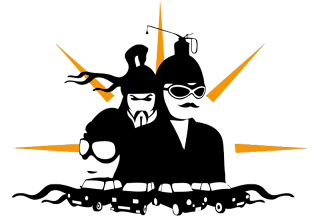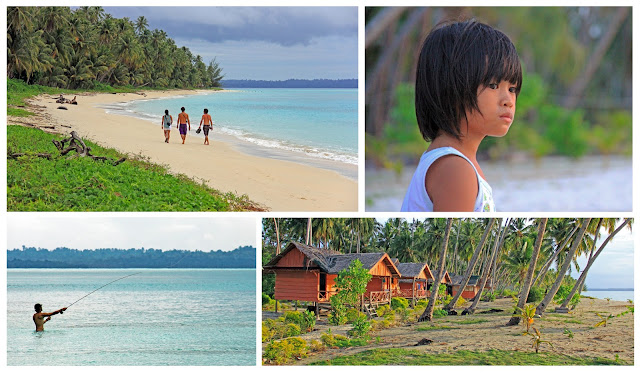On our first day we spanned five countries - from England to Germany, and didn’t get to Johannes’ home town of Röttingen until after 2 o’clock in the morning.
We woke up early the next day to meet his parents before his dad left for work, and then jumped back into bed to snooze until midmorning. Johannes’ mom cooked us a wonderful traditional lunch of schnitzel, spätzle and potato salad. Not long after, we were on the road again. It was a short stay, but it was great to see my friend’s hometown and eat a delicious home-cooked meal. Family pictures of Johannes as a chubby-cheeked adolescent were also quite entertaining.
On to Derick’s family. To his grandfather Frederick Dirmaier. To Altenschwand.
Derick delivered his grandfather’s eulogy in March. They were very close. Before he passed, they talked about the Mongol Rally and how Derick might have the chance to visit the small Bavarian village where Frederick was born. It had been years since his grandfather had lived there, but he’d always felt a kindred connection with Althenschwand, and had shared many stories about it with his family throughout his life.
The drive to Altenschwand took us through a tranquil bucolic Bavaria. Two hours after leaving Röttingen, we pulled off the highway. We were approaching a mythical place in Derick’s paternal lineage. He had no known connections there. All he carried was his last name - Dirmaier- and a few old family photos on his cell phone.
The first person we came across as we rolled into the 900 person village was an old man on a walker, sauntering up the street. We asked him if he knew of any Dirmaiers and he directed us towards a house in the village. After a couple wrong turns and another inquiry, we found the house, located on the edge of town next to large barn full of dairy cows. It took some lingering and a few knocks before we got someone to answer the door.
It was a young couple and their daughter- Derick’s cousins. Johannes translated as Derick explained why he was there. Soon, the muddled family tree began to bloom.
Derick’s grandfather had been born there, at that exact spot. The house had since been rebuilt, but that plot of land in Altenschwand was the center of the universe for a young Frederick Dirmaier.
Johann Dirmaier appeared, the father of the young couple. He was in briefs, and wore a white tank top that covered a bulbous tummy. He was bald with white hair on the sides and had a doughy jowl that jiggled as he spoke. His breathing was heavy, and so was his step; he’d been working the family land for years. He suggested that we head down the street to pay a visit to Josef Grabinger, another cousin, and one that was very close to Frederick. We helped him into our car and drove off.
Josef peeped his head out of a second floor window after we knocked, and Johan yelled up to him with news of the unexpected visitor. Moments later Josef appeared at the door with a warm and excited smile. He was tall, thin, and tan, with wireframe glasses and crows-feet wrinkles at the corners of his eyes. He was happy to invite us in, and we soon found ourselves in a cozy, warmly lit study, with a wall full of books and a spiral staircase in the corner. Josef had been a teacher at the local elementary school for years, and he spoke English well. He was quite a bit younger than Derick’s grandfather, but had wonderful memories of Frederick, and had maintained a correspondence with him for most of his life.

Derick became emotional as he shared with his newfound family the story of how his grandfather came to rest. But as he removed his glasses to wipe his eyes, Josef turned the conversation back to happier times and told us tales about Frederick that Derick had never heard. The photo albums soon followed, and once again Derick was introduced to a new side of his family, including childhood photos of his father that he had never seen.
We left around dusk, and Josef waived to us as from the road as we drove away from the village. Derick was happy. His grandfather had passed away in March, but he’d gotten to know him a little better after our brief stop in Altenschwand.
Next stop - Czech Republic!





























